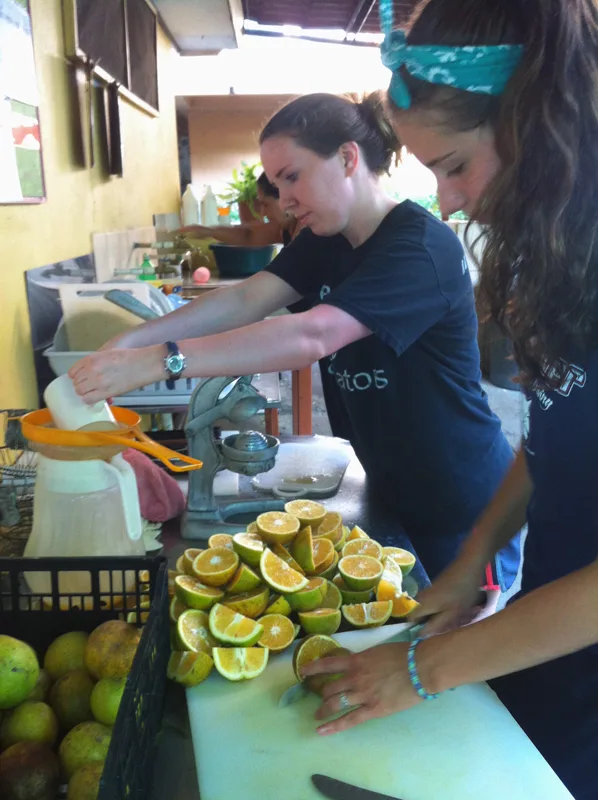A Model for Sustainable Development
It all started about four years ago when some of our students started to ask how sustainable the Center for Sustainable Development Studies (CSDS) actually is. In fact we already had many initiatives in place at that time; a solid recycling program, constant community outreach activities, a stakeholder-driven research agenda according to the SFS model, and others more. However, we lacked a systematic, comprehensive plan about where our sustainability efforts were going. In particular, it was hard to explain why the mango and oranges farm on our campus was completely decoupled from academic activities. At that time the farm was managed by outside contractors and from time to time signs were put up in the orchard: ‘Pesticide application – Do not enter’. Obviously we were missing a major opportunity of teaching sustainable agriculture by doing it ourselves!

We chose the Rainforest Alliance certification because it is in line with the mission of CSDS, which consists of promoting sustainable development strategies by research and education. The certification is based on social and environmental criteria defined by the Sustainable Agriculture Network. Although environmental standards may not be quite as stringent as for instance in the case of organic agriculture, the strength of the standard is that it addresses both the socioeconomic and the environmental aspects of farming in a rigorous manner.
In 2011, we became certified as a sustainable farm. The scope of the certification encompasses all areas of the Centers’ operation, from agrochemical use to fair treatment of workers, from energy use in vehicles and students’ dorms to waste water treatment, from soil conservation to occupational safety and health. We soon realized that the accomplishment of all these criteria required additional resources and efforts from each and every one of us at the Center. And according to our auditor, the hardest part was yet to come. It is easier to obtain the certification than maintaining it, because one of the requirements is continual improvement on all criteria.
This year we have successfully initiated our second three-year certification cycle. We are satisfied to see that our efforts translated into a compliance of over 90% through all annual audits so far. These efforts pay off in many ways, but perhaps the most satisfying aspect is that we can clearly demonstrate the extent to which CSDS has in fact become a model for sustainable development. It is just a lot easier to convince others – stakeholders and students – by leading with the example.
Nevertheless, sustainability is not a steady state. There is no point ‘where you’ve made it’. Whereas the first three-year period helped us to consolidate our efforts and build solid programs to implement the criteria of the standard, the second period will be focused on delivering measurable results. We will have to show for instance that we can in fact reduce our footprint in terms of energy use, water consumption, and waste production in a substantial way during the next years. The journey continues…


(Photo Credit: Emily Mikucki)
Related Posts

Camila Rojas: Alumni Spotlight⭐

